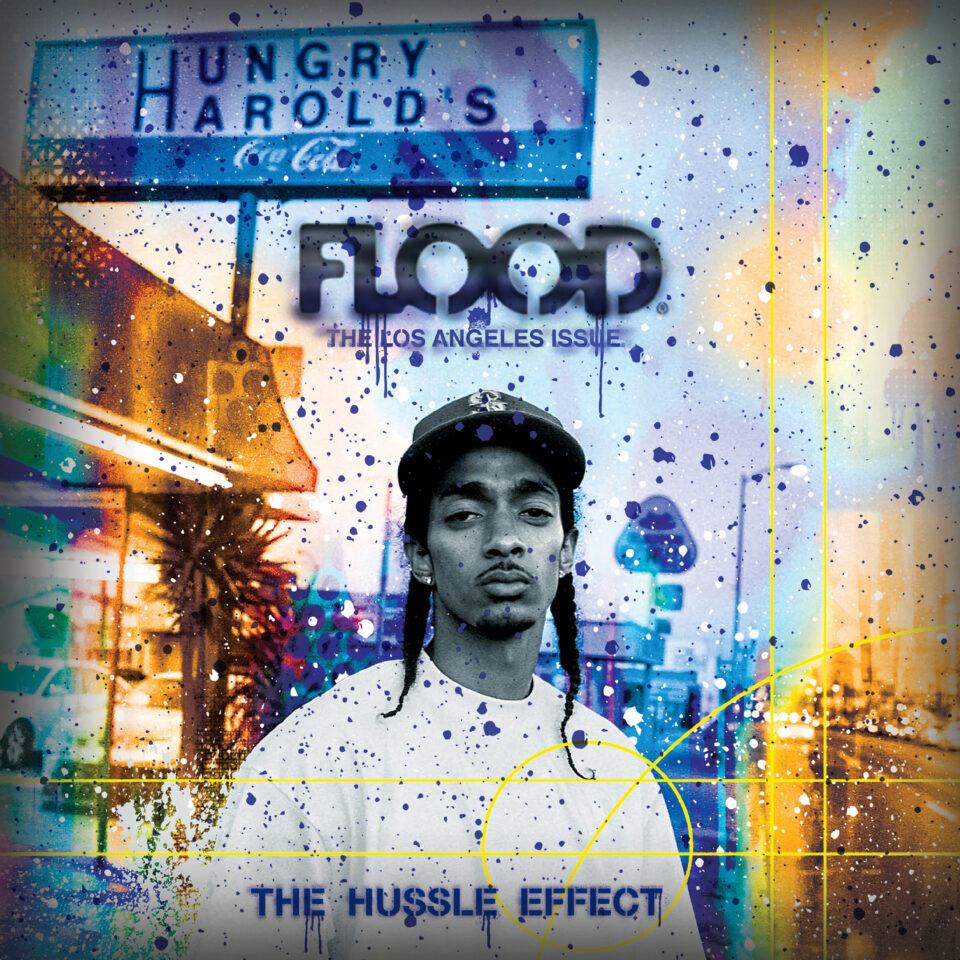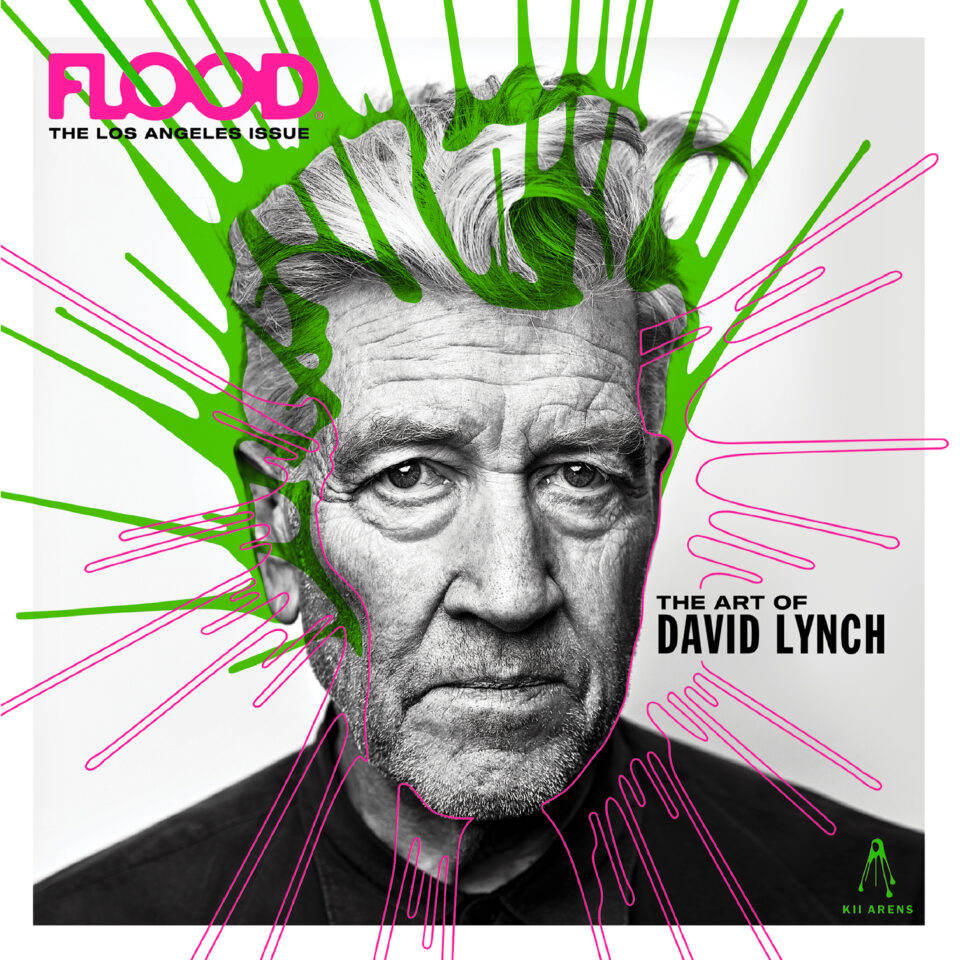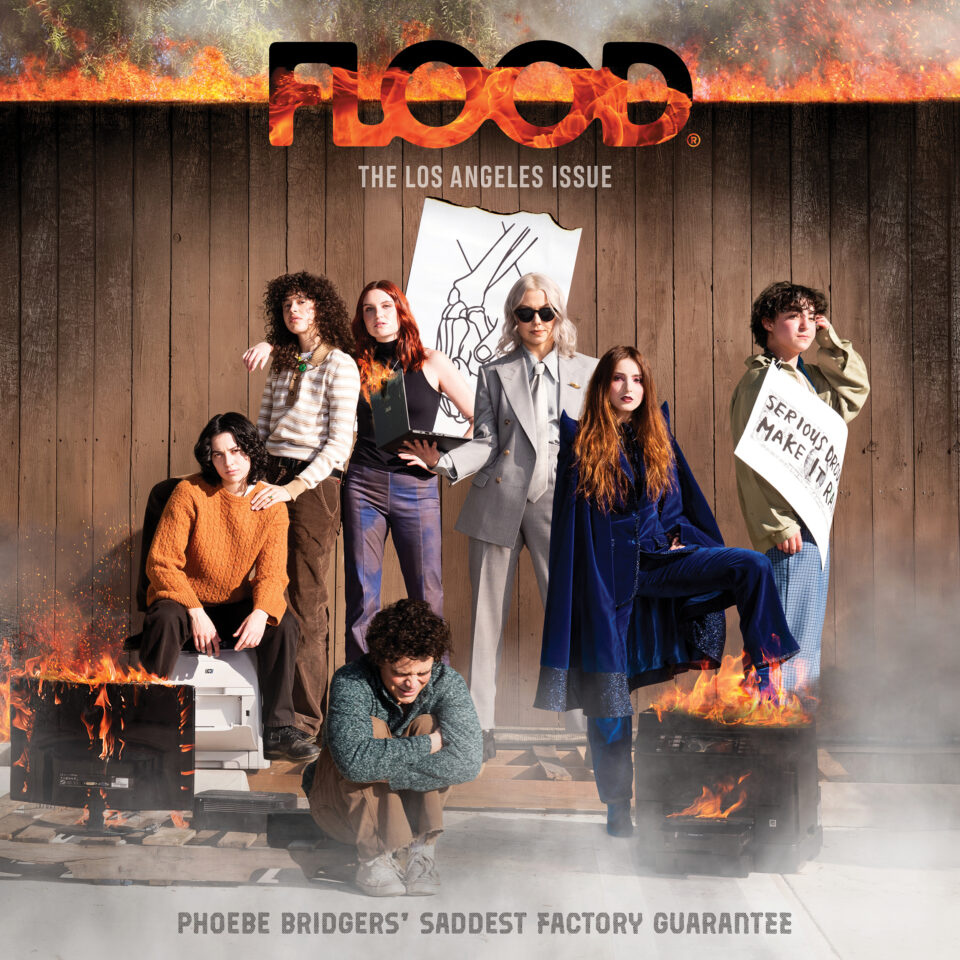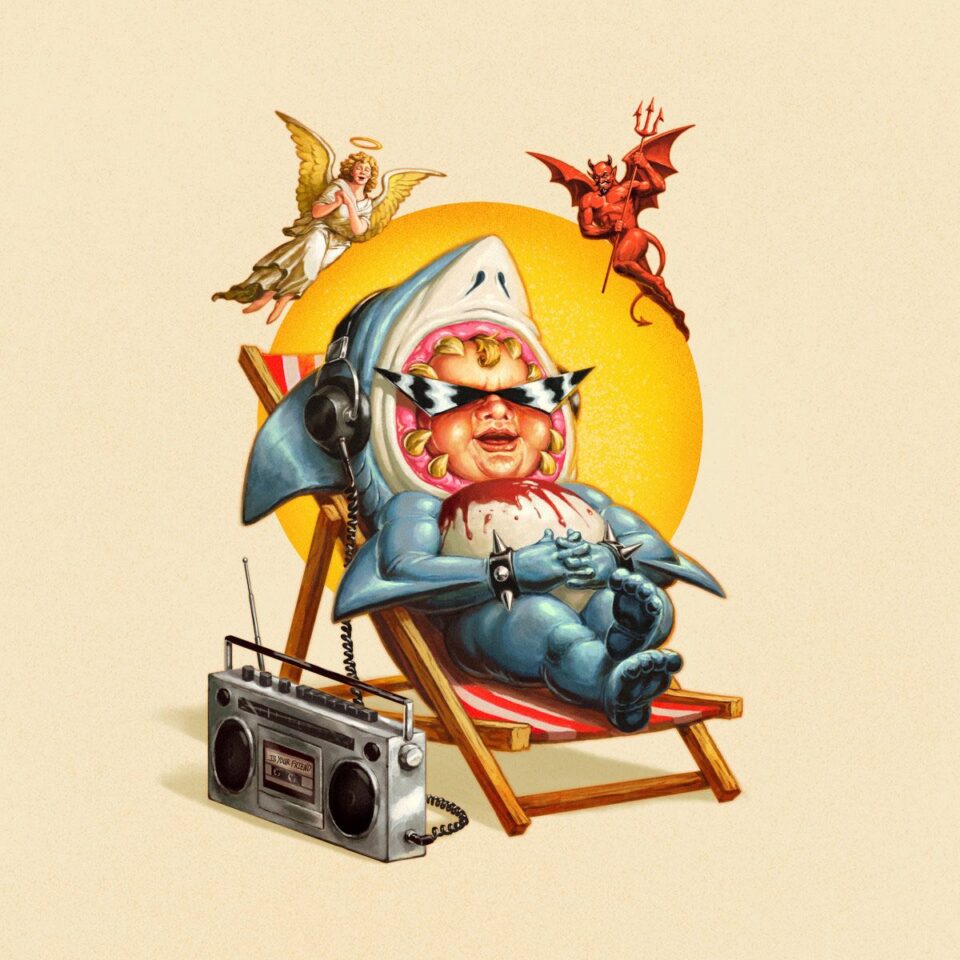Sonic Youth
Live in Brooklyn 2011
SILVER CURRENT
For decades, Sonic Youth was—with the possible exception of the Pixies—the most commonly cited inspiration by indie-rock bands. But the reliably prolific and seemingly invincible noise-rock group ended stunningly, heartbreakingly, and unsettlingly out of character: Spouses Thurston Moore and Kim Gordon announced their separation on October 14, 2011, which also tolled the death knell for the group they co-founded 30 years earlier with guitarist/vocalist Lee Ranaldo.
Live in Brooklyn 2011 documents Sonic Youth’s final US show, which took place August 12 at the Williamsburg Waterfront on the East River. (Bizarrely, they played a short run of dates in South America after Moore’s affair became publicly known, with both the band and their label, Matador Records, seeming to think Sonic Youth might continue.) No one knows what a proper Sonic Youth farewell show would’ve looked like in a multiverse where the project hadn’t come to an abrupt end—would it have included “greatest hits” like “Teen Age Riot” and “Schizophrenia”? Would it have lasted three or five nights? Would it have been one long guitar-feedback session?
Regardless, at the Brooklyn gig, Sonic Youth touched on all three stages of their colossal run, during which they never let more than three years elapse without a new album: the early no-wave years; their middle alt-rock, major-label stretch; and their final era, during which the band created quieter and less distortion-heavy music. Because Sonic Youth were still supporting their most recent record at the time, 2009’s The Eternal, it’s heavily represented on this live album (as is 1985’s Bad Moon Rising, notably).
Also included alongside other staples like “Eric’s Trip,” “Tom Violence,” and “Sugar Kane” is the title track to Moore’s 1995 debut solo album, Psychic Hearts. “We started rehearsing two days ago and decided to go super-deep,” Moore laughs snarkily at one point on the record. “So it’s been awhile before we started playing some of these fuckers.” There are 17 songs in all, with only a few (particularly the closing song, “Inhuman”) reflecting Sonic Youth’s penchant for more digressive and often improvised compositions.
Previously (and briefly) available on Bandcamp, this live recording wasn’t properly mixed or mastered from the original tapes until now. That may sound like technical jargon, but one of the most critical aspects of Sonic Youth’s sound was the interplay between Moore’s and Ranaldo’s guitars, and this release’s strongest quality is its flawless separation of sound. This is a headphone experience, in other words—which even those who attended this now-legendary show didn’t have the luxury of having. Fans of the band who ate up its wild excursions into the abyss, where alternate tunings reigned and earplugs were prohibited, may be able to escape deep enough into those hypnotic journeys, where time and memory don’t exist.









